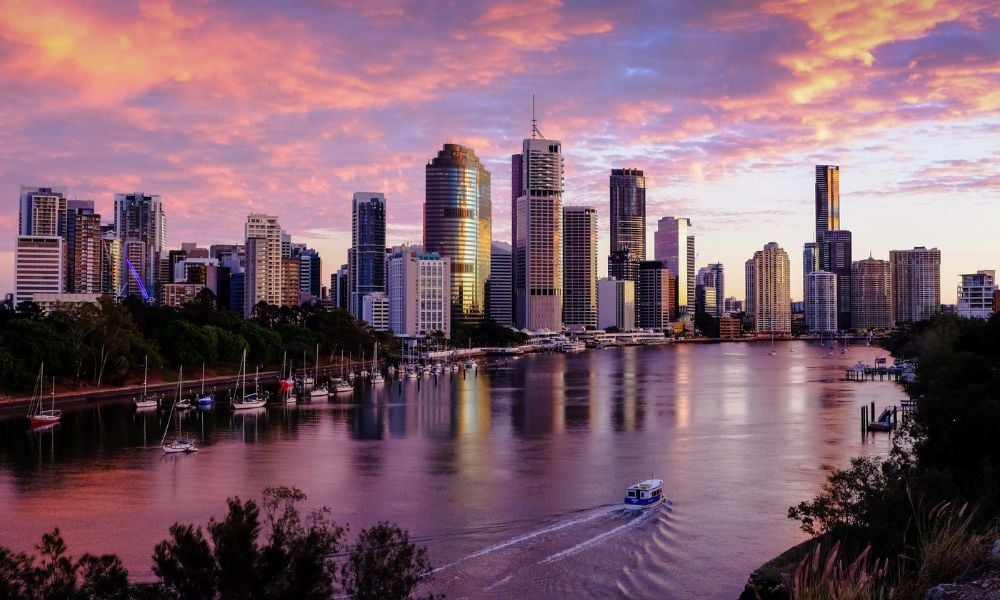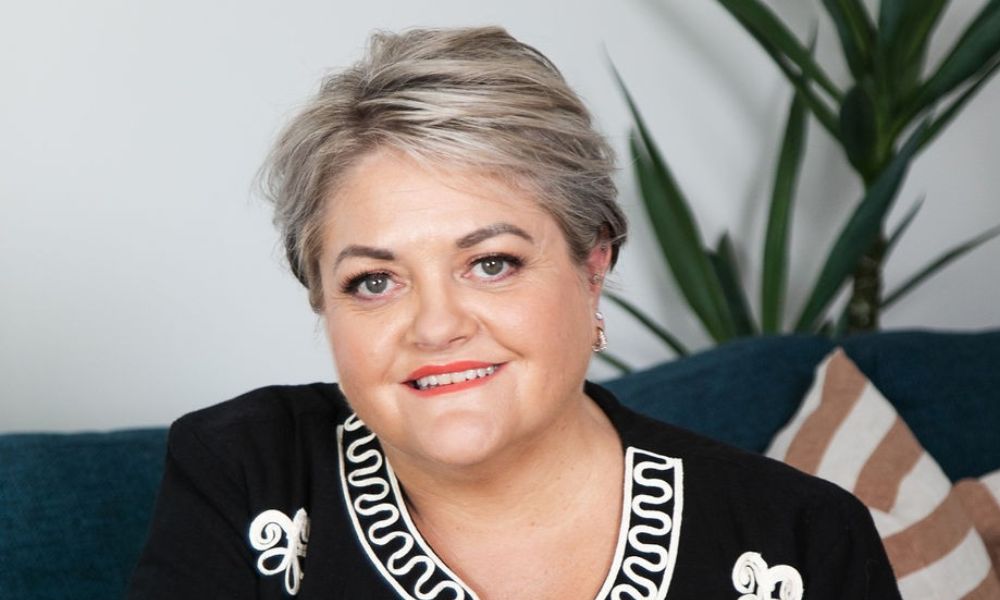Breakneck growth and supply constraints risk causing a generational divide

Brisbane’s property market captured the headlines this week after the Queensland capital, lovingly referred to as ‘a big country town’ in former times, officially entered the million-dollar club.
The median Brisbane house value surged past the $1 million mark for the first time in May 2025, cementing the previously affordable alternative to Sydney and Melbourne as the second-most expensive capital city market in the country, trailing only Sydney.
Brisbane’s incredible property boom is, at its core, a tale of supply and demand.
According to Cotality, Brisbane house values have soared by 76% since 2020, coinciding with the early stages of the Covid-era housing boom, when domestic migrants fled to the wide-open spaces of the Sunshine State.
Brisbane’s median house value proceeded to leap from $558,000 in June 2020 to a staggering $1,011,000 in June 2025.
“Covid probably stimulated (this growth),” Jason Bush, finance manager at brokerage Real Estate Investment Finance, told MPA. “And that just made more people aware of what’s to offer in this part of the world.”
While Bush has had a front-row seat to Brisbane’s property explosion, even he was surprised at the sheer pace of growth.
“We're around five years on from when Covid first reared its head and it's been pretty sustained growth over that five-year term, and it shows no real sign of stopping,” said Bush.
The sparsely populated stretches of white beaches in neighbouring Sunshine Coast and Gold Coast, noted Bush, brings droves of visitors from Australia and abroad; many of these visitors have become permanent residents after seeing the quality of life this patch of the world has to offer.
The result? Between June 2020 and June 2024, Greater Brisbane’s population expanded by 9.2% – an additional 235,000 people – outpacing the national population growth rate of 6% during the same timeframe.
It was only a matter of time before this population influx began to cause ripples through the property market. And as the state’s largest population centre, Brisbane has found itself buckling under the pressure.
Cotality’s data shows that while household demand increased by around 94,000 over the past four years, dwelling completions in Brisbane were only about 88,000.
“The biggest issue is supply,” Bush said of the Brisbane property market. Although buyers who really want to enter the market “will find a way to get in”, Bush acknowledged that they will need to change their expectations of property size and location.
“The ones that are driven will find a way,” said Bush, although it’s not always that simple.
A generational divide
Mortgage broker Tammy Rimon (pictured, below) of North Brisbane-based brokerage 2020 Finance believes Brisbane’s runaway property market is going to hit the younger generations hard.

Rimon is working with many first-time investors that are entering the market out of fear for their childrens’ futures. They are looking to provide the first rung of the ladder to ensure their children have a place in the property market when the time comes.
“Within the next 30 years, the only viable option to enter the market will be generational wealth,” Rimon predicted. When even Commonwealth bank is warning that “owning or not owning a home should not become entrenched as a societal fault line” (per the banking titan’s recent submission to the Productivity Commission), it is a stark prediction based in reality.
Yet paradoxically, first-home buyers have never had as much government support as they do today, with various government incentives like the First Home Guarantee (FHG) allowing eligible buyers to purchase property with just a 5% deposit.
But, as Rimon highlighted, to find a property under the $700,000 Queensland FHG price cap “is near-on impossible”. Rimon hopes to see this price cap lifted, even though doing so would inevitably pile even more pressure on house prices.
Read more: Housing values rise for fifth consecutive month
Although this phenomenal house price growth has stacked the cards firmly against first-home buyers who don’t have the bank of mum and dad to dip into, these aspirational homeowners are proving to be resilient and adaptable.
They are broadening their nets beyond the Brisbane city limits, with places like Caboolture and Moreton Bay becoming increasingly popular.
Even more notable is the rise in apartment and townhouse living.
Australian dream needs a reality check
Australia’s cultural preoccupation of owning a large, detached house on a patch of land is rapidly becoming unattainable to a large segment of the population. Begrudgingly or not, this is driving more and more homeowners into units and townhouses.
This trend is increasingly prevalent in desirable neighbourhoods like Wishart and Coorparoo, where buyers are favouring postcodes over property size.
“Sheer affordability” is leading more people into units, said Rimon. “To live in the area they want to live in, they’ve had to adjust their expectations.”
So while there will always be a contingent of Australians that will refuse to budge on the backyard, more and more Australians are acknowledging the virtues of the lower-maintenance unit life. Yet the forces of supply and demand take no prisoners and unit prices are rallying hard.
“The growth in the unit market has been phenomenal,” said Bush. Domain’s latest price forecast report concurs.
Domain expects unit prices to reach record highs across most Australian cities by the end of 2025 as supply constraints and strong migration continue to drive prices upward. Sydney, Brisbane, and Adelaide are expected to lead unit price gains, with growth of between 4% and 6%. Regional areas, including the Sunshine Coast, are tipped to break records, though at a slightly slower pace.
Property investors aren’t sitting on their hands.
“We’ve seen consistent growth in Queensland from local and interstate investors,” Daniel Nicotra (pictured, below), head of home lending product at Suncorp Bank, told MPA.

Nicotra added: “As a Queensland-based lender, we’re seeing strong momentum in the ongoing strength and confidence in the southeast Queensland property market.
“While inner-city suburb prices are climbing, this growth also opens opportunities in emerging suburbs for first-home buyers and those looking to invest in the Queensland market.”
For better or worse, it looks like Brisbane’s red-hot property prices aren’t cooling off any time soon.



